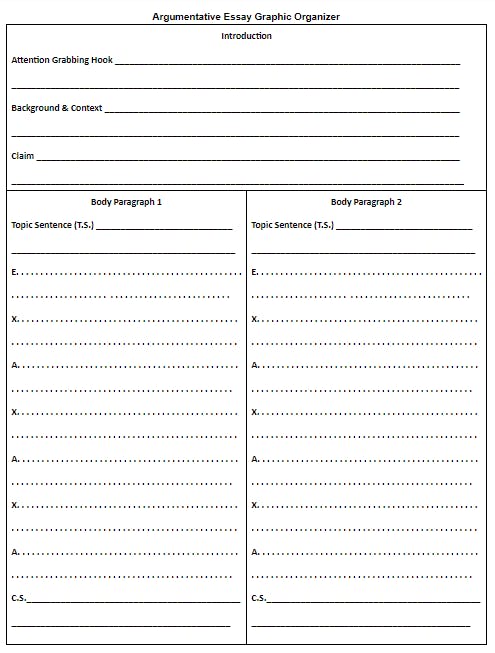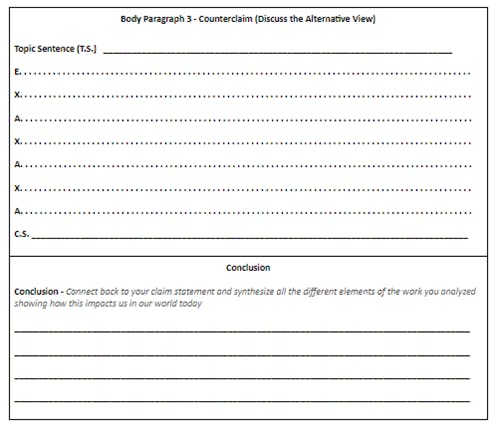Guest blog: How to improve writing fluency for students of all learning abilities?
Michele Haiken, Ed.D. is an 8th grade teacher in Westchester, New York and author of New Realms for Writing: Inspire Student Expression with Digital Age Formats (ISTE, 2019). In this blog, she highlights ideas and strategies to help improve the writing fluency amongst your students of varying abilities.
In my 8th grade classroom I have all different learners from students with 504s and IEPs, ENL learners, and a handful of high performing learners. This week my 8th grade students are working on writing an argumentative essay after finishing the book To Kill a Mockingbird. I often give my students choice on writing assessments but for this all grade read, students must write a five paragraph argumentative essay that answers: Is To Kill a Mockingbird relevant to read today or is it racist and outdated?
A daunting experience
As teachers, our job is to help improve the writing fluency for ALL students. For many of my students, staring at a blank page or screen can be daunting. If we are going to help our students “write arguments to support claims with clear reasons and relevant evidence” (Next Generation Learning Standards WI), providing scaffolding in different forms provides support for students to articulate their thinking. When teachers provide scaffolds in the forms of graphic organizers, models and mentor texts, and sentence frames, essay writing becomes more attainable for the diverse learners in the classroom.
A graphic organizer breaks down a task into small parts to support student thinking. Completing a graphic organizer helps students write in smaller bursts by following a template. A high performing learner might not need this type of support or guidance but particularly for my ENL and struggling writers who might not have the words or academic language just yet, providing these graphic organizers and sentence stems can help students develop the writing muscles and vocabulary necessary for academic writing. Each graphic organizer is specific to the writing task. For example, the argumentative essay graphic organizer below helps students map out their thoughts, organize their evidence, and distinguish claims from counterclaims.
I am always developing writing activities and support for the diverse students in my classroom, but you may prefer a digital approach. WriQ is Texthelp’s newest digital tool to focus on writing that my students and I are currently using. High performing learners are more independent and are looking for immediate feedback on word choice, accuracy, grammar and writing mechanics; WriQ provides these in its personalized feedback. Similarly, for students who need guided support to increase writing skills, WriQ and graphic organizers work in tandem. Sitting down for writing conferences is now a student driven process due to the feedback that students learn about the writing process and their writing products with WriQ.
A lifelong skill
Writing is a lifelong skill, and the more students write, the better they develop as writers and communicators. This requires that students write daily and have opportunities to revise their writing. With revision opportunities, students are able to reexamine their writing with a critical eye based on the feedback from both the teacher and WriQ and grow as writers. Revision is an important part of the writing process and can be utilized in ways that empower student writers.
The Next Generation Learning Standards identify lifelong practices of writers “strengthen writing by planning, revising, editing, rewriting, or trying a new approach” and this is something that we must make time for in our classrooms. The more students have the opportunity to write, revise and craft their words in ways that articulate complex ideas, critical thinking and problem solving, the better they will become at producing clear and coherent writing.
--
About the author: Michele Haiken, Ed.D. is an 8th grade teacher in Westchester, New York and author of New Realms for Writing: Inspire Student Expression with Digital Age Formats (ISTE, 2019). Connect with her on Twitter and Instagram at @teachingfactor.

